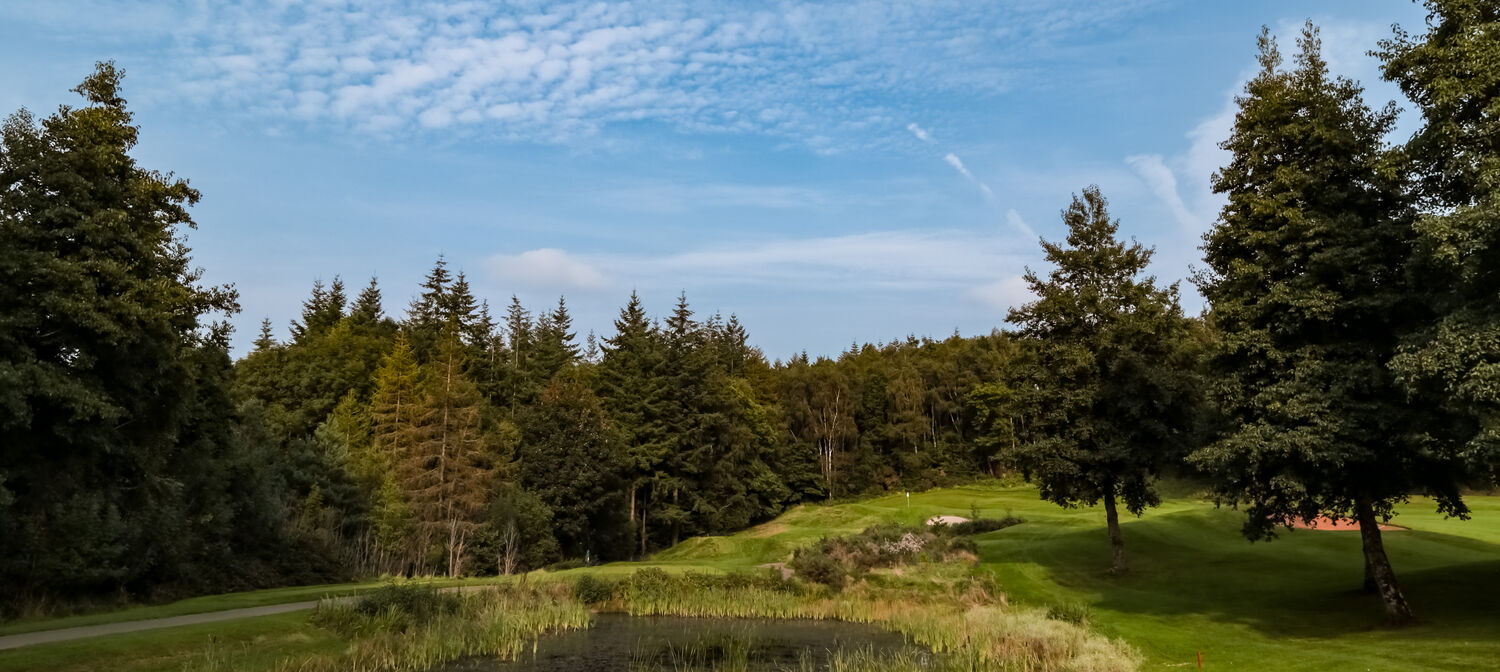Pace of Play
Please adopt “Ready Golf” and “Keep Play Moving” at LA
The Committee would encourage the adoption of “Ready Golf” at LA in all forms of play other than match-play, following the example set by many other clubs. Indeed, the R&A have gone so far as to have introduced “Ready Golf” for all their amateur events and will even be in use when a place at The Masters could be at stake.
So, what is “Ready Golf”?
“Ready Golf” is a commonly used term which indicates that players should play when they are ready to do so, rather than adhering strictly to the “farthest from the hole plays first” stipulation in the Rules of Golf.
“Ready Golf” is not appropriate in match play due to the strategy involved between opponents and the need to have a set method for determining which player plays first.
However, in stroke play formats, it is only the act of agreeing to play out of turn to give one of the players an advantage that is prohibited although, clearly, players have to act sensibly to ensure that playing out of turn does not endanger themselves or other players.
As importantly, what isn’t “Ready Golf”?
“Ready Golf” isn’t about racing to be the first to play, rushing your shots or getting round the course in record time, rather it should be about applying a bit of common sense.
Rather than looking to play quicker, it is about avoiding unnecessary delays; whilst there is no reason not to generally adhere to the “honour” on the tee or the farthest from the hole playing first, if the player due to play isn’t ready or needs more time and someone else is ready without rushing, let them play and keep play flowing.
Examples of “Ready Golf” in action:
- hitting a shot when safe to do so if a player farther away faces a challenging shot and is taking time to assess their options;
- shorter hitters playing first from the tee or fairway if longer hitters have to wait;
- hitting a tee shot if the person with the honour is delayed in being ready to play;
- hitting a shot before helping someone to look for a lost ball;
- putting out even if it means standing close to someone else’s line;
- hitting a shot if a person who has just played from a greenside bunker is still farthest from the hole but is delayed due to raking the bunker;
- when a player’s ball has gone over the back of a green, any player closer to the hole but chipping from the front of the green should play while the other player is having to walk to their ball and assess their shot; and
- marking scores upon immediate arrival at the next tee, except that the first player to tee off marks their card immediately after teeing off.
To read the full R&A pace of play handbook please click here or go direct to the R&A website for more information.









